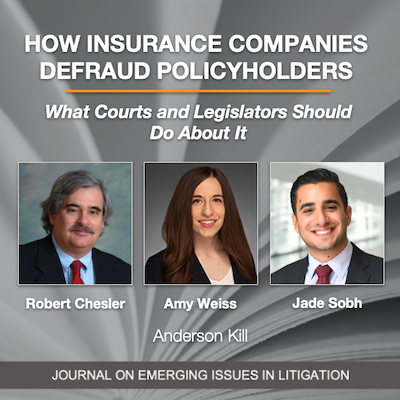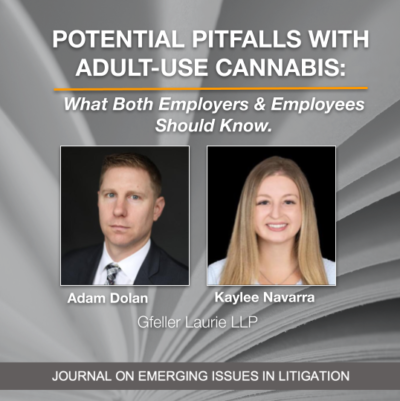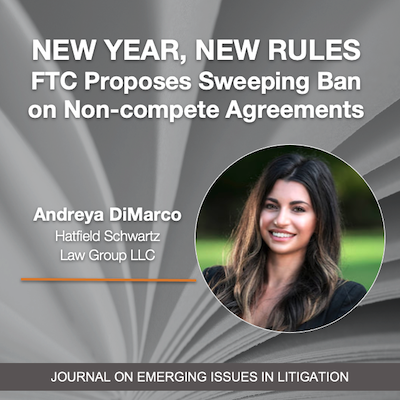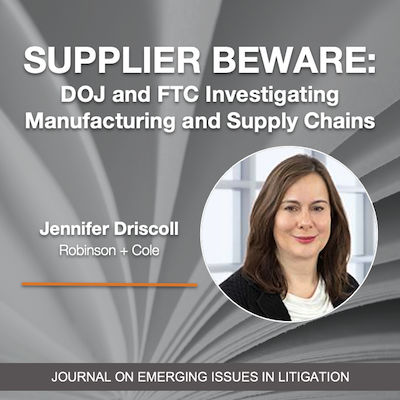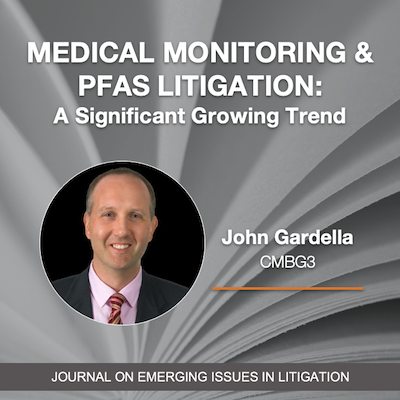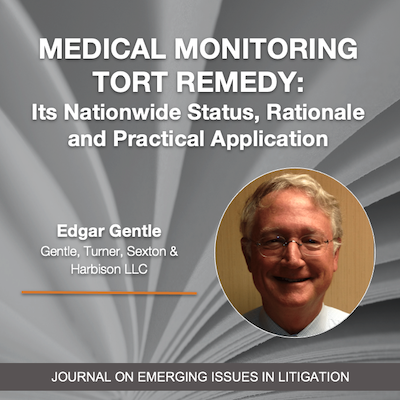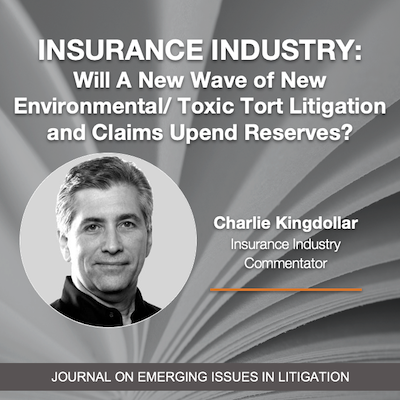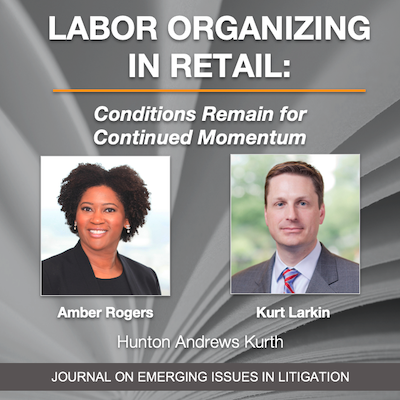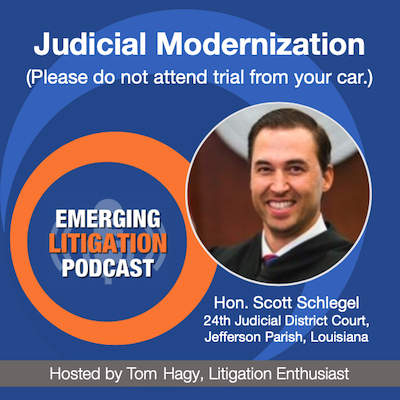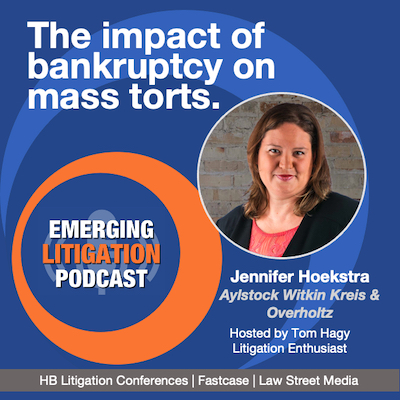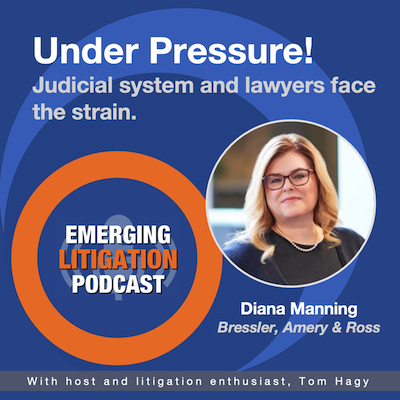How Insurance Companies Defraud Their Policyholders, and What Courts and Legislators Should Do About It
The Authors Robert D. Chesler (rchesler@andersonkill.com) is a shareholder in Anderson Kill's Newark office. Bob represents policyholders in a broad variety of coverage claims against their insurers and advises companies with respect to their insurance programs. Bob is also a member of Anderson Kill's Cyber Insurance Recovery group. Bob has served as the attorney of record in more than 30 reported insurance decisions, representing clients including General Electric, Ingersoll-Rand, Westinghouse, Schering, Chrysler, and Unilever, as well as many small businesses including gas stations and dry cleaners. He has received numerous professional accolades, including a top-tier ranking for Insurance Litigation: New Jersey in Chambers USA: American's Leading Lawyers for Business, which dubs him a "dominant force in coverage disputes" and cites a client who calls him "a dean of the insurance Bar; one of the brightest in writing about and analyzing insurance coverage." Amy Weiss (aweiss@andersonkill.com) is a law clerk pending admission in Anderson Kill’s New York office. She focuses her practice on insurance recovery, exclusively on behalf of policyholders. While attending the Benjamin N. Cardozo School of Law, Amy worked as a Summer Associate at Anderson Kill and a Judicial Intern for the Honorable Nicholas G. Garaufis at the United States District Court for the Eastern District of New York. She served as Senior Articles Editor for the Cardozo [...]

